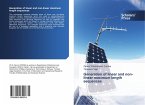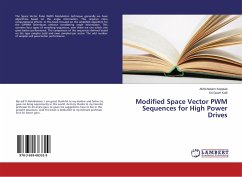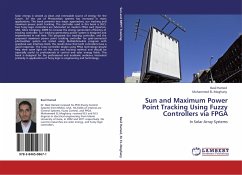This dissertation demonstrates the implementation of ultra-wideband (UWB) radar sensors using commercial off-the-shelf electronics. The sensors are based on the correlation of binary pseudo noise sequences (M-sequences), combining low transmit power requirements with excellent noise and interference suppression. A ranging system is introduced that is able to track moving objects with a standard deviation of 1.73mm at 2m range. Subsequently, a system is developed which can synchronize itself to a reference sequence with 1.96ps RMS jitter. This synchronization system uses an analog correlating control loop (delay lock loop) to achieve tracking of the reference to 0.38% of one chip. The final application shown is a ground penetrating radar (GPR). The system is comprised of three elements: an FPGA, an output driver for the transmitter and a commercial analog-to-digital converter. Comparative measurements on buried pipes and cables prove that this system has achieved detection capability comparable to commercially available pulsed GPRs.
Hinweis: Dieser Artikel kann nur an eine deutsche Lieferadresse ausgeliefert werden.
Hinweis: Dieser Artikel kann nur an eine deutsche Lieferadresse ausgeliefert werden.








![Moments Of Queue Length In M/M[k]/1 Queue using Recursive Formula Moments Of Queue Length In M/M[k]/1 Queue using Recursive Formula](https://bilder.buecher.de/produkte/39/39710/39710222n.jpg)